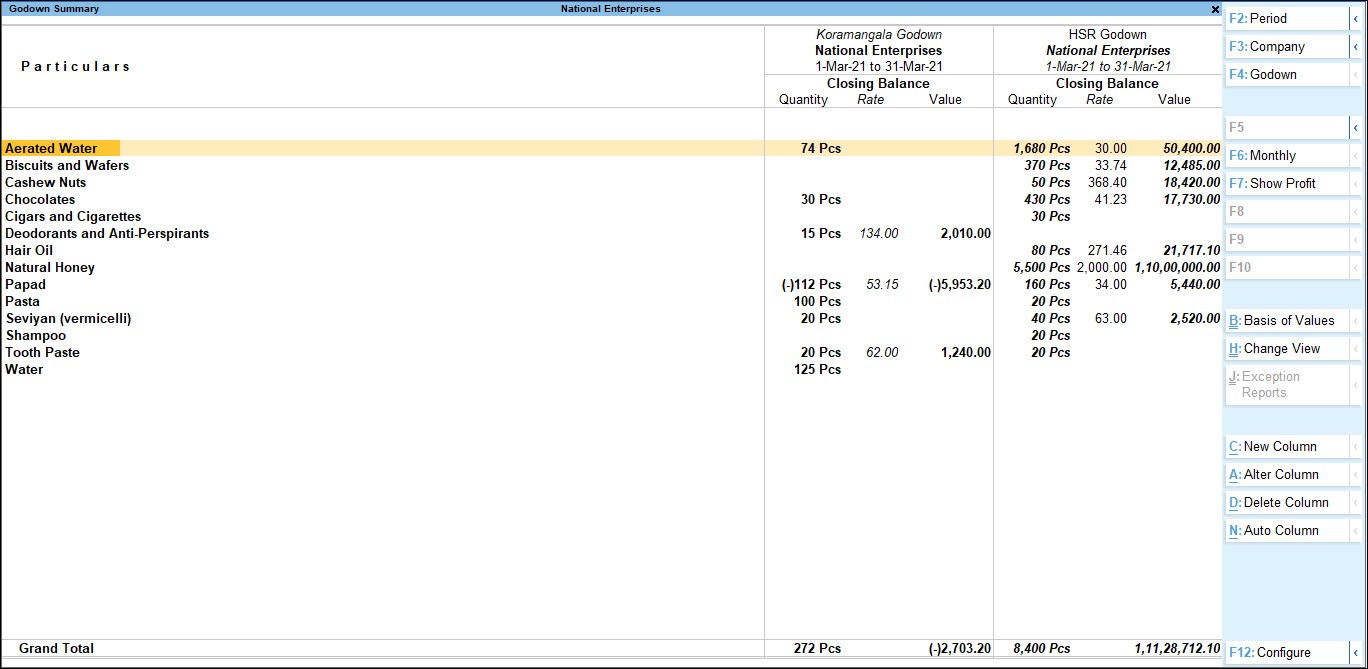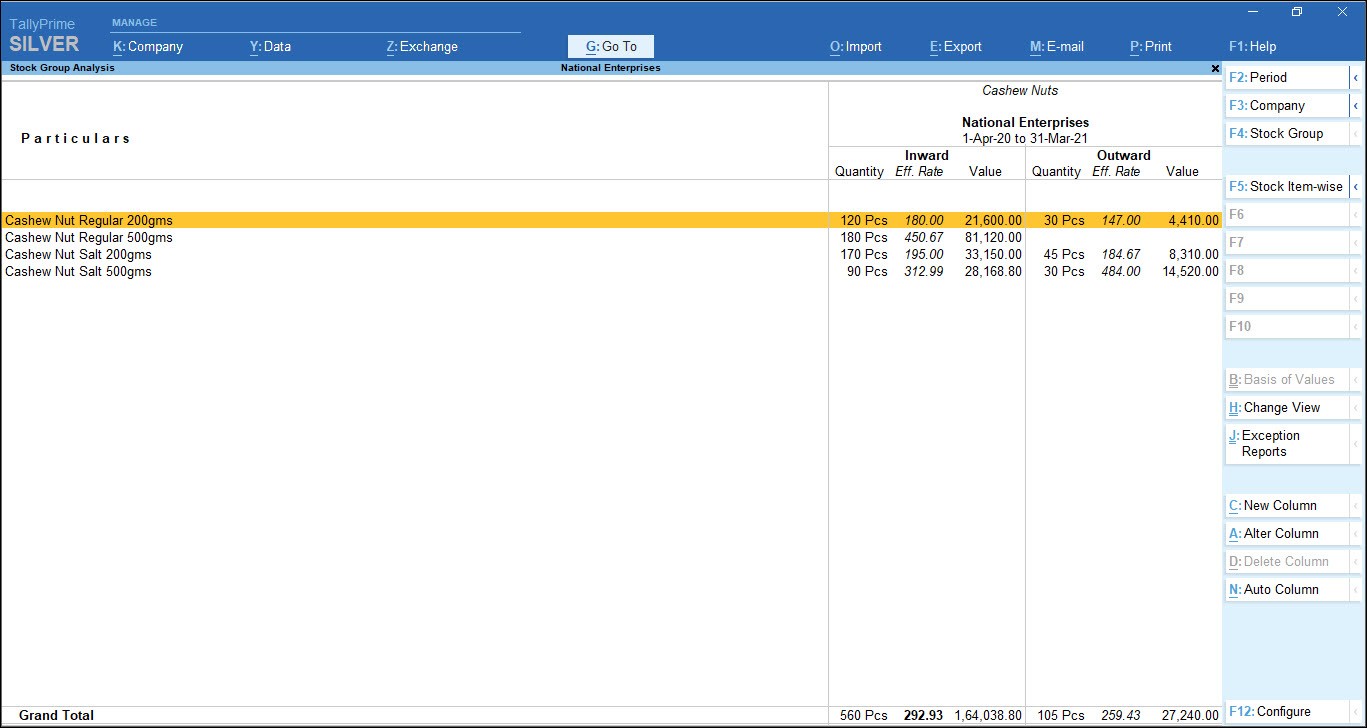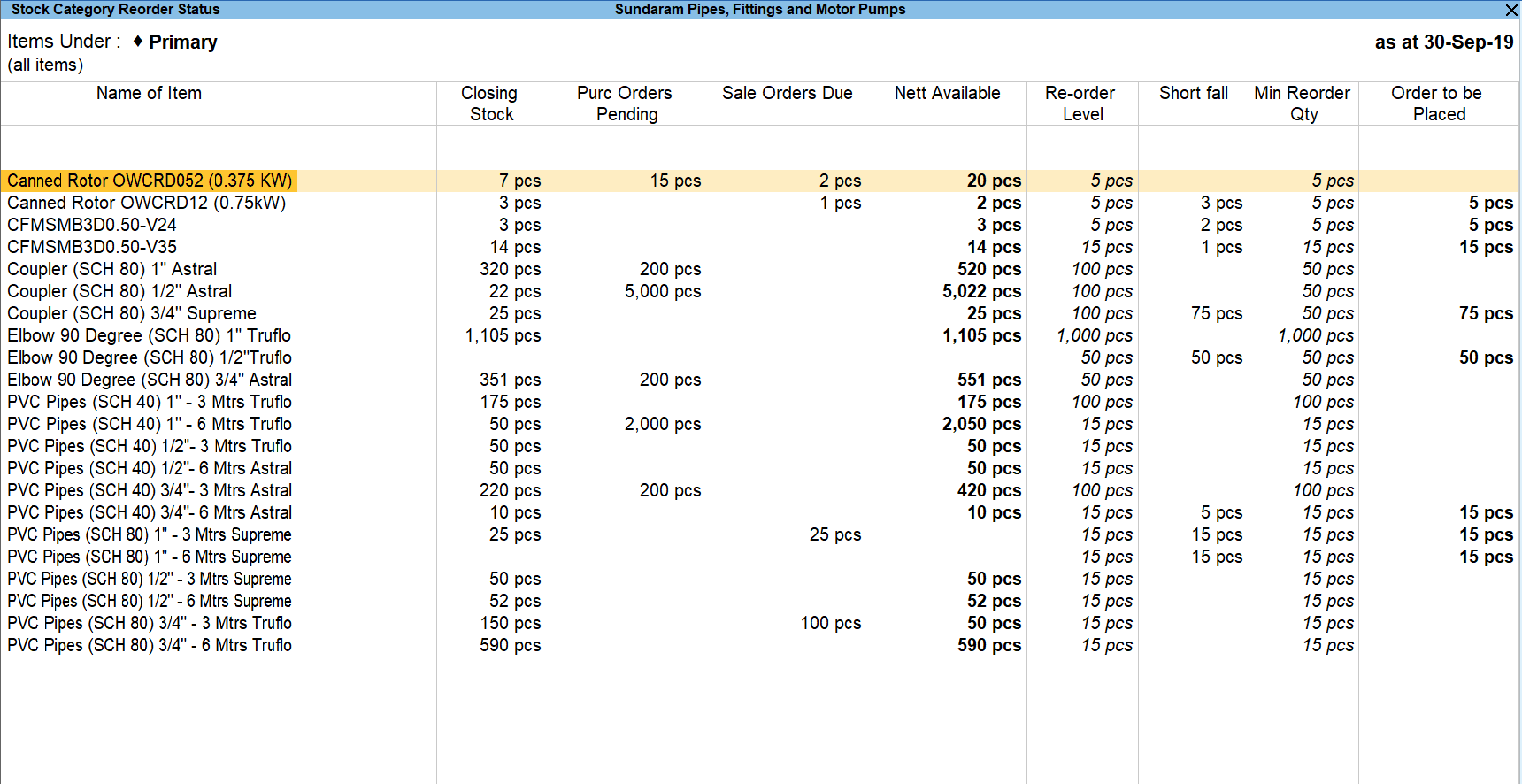With a volatile environment like business, it is crucial for every business owner to adapt with the changes. Focus is no longer just confined to revenue growth. Business owners now have shifted their efforts towards achieving profitable growth for which adoption of latest technologies is key. Striking a perfect balance between demand and supply makes or breaks an organisation. Especially with global supply chains creating ways and means to respond to unpredictable customer demand and increased competition, inventory optimisation while maintaining higher customer service levels and reduced variable costs has become much harder.
Accurate inventory tracking allows brands to fulfil orders timely and more precisely. Inventory management in businesses must grow as the company expands. With a strategic plan in place that optimizes the process of overseeing and managing inventory, including real-time data of inventory conditions and levels, companies can achieve inventory management benefits.
Since inventory becomes the epicentre of a trading business’ performance, it is imperative that there is an inventory management process in place. With this, you will be able to monitor and oversee purchases, to streamline business operations, maximise your return on investment (ROI), and minimise your cost. This can be easily achieved with an inventory management software that will give you accurate results for better business decisions.
Here are 8 tips to become more efficient in Inventory Management
Check out this structured approach to have an effective inventory control in place:
Assessment of your current business needs and goals
First you must begin to understand the current order-to-deliver (OTD) process. This will help you to identify various gaps and other related contingencies that hamper the potential growth of your business. One of the best ways to assess the same is by aligning with all the concerned stakeholders/departments such as; sourcing, planning, commercial operations, stockroom and manufacturing. Communicate with each individual who perform relevant activities that would upskill/degrade your inventory management process. Once you have all the findings in place, one of the best and the most effective ways to identify various gaps in your current process is by self-evaluating the data. This self-evaluating score sheet will enlist the various planning and execution categories and ask respective functional owners to score according to the importance and effectiveness of each practice.
Devise an inventory plan
Accurate inventory tracking allows brands to fulfil orders timely and more precisely. Inventory management in businesses must grow as the company expands. With a strategic plan in place that optimizes the process of overseeing and managing inventory, including real-time data of inventory conditions and levels, companies can achieve inventory management benefits. With this, you will be able to monitor and oversee purchases, to streamline business operations, maximise your return on investment (ROI), and minimise your cost. This can be easily achieved with an inventory management software that will give you accurate results for better business decisions. Inventory reports is a basic tool to run your business successfully. Reports like Stock Summary, Movement Analysis, Ageing Analysis, Inventory Reorder Status, Godown Summary, and so on, with real-time data help you devise a sound inventory plan for your business. Here are some of the most crucial inventory reports in TallyPrime.
Check out how Godown summary is displayed in TallyPrime

You can also compare data for different companies, godowns, periods, valuation methods, and so on, by adding columns in the reports.

Here’s how you can track the movement of your inventory in TallyPrime. With this report you can easily identify which goods sell at what point in time along with quantity.

Identification of understocked and overstocked inventory
One of the best ways to keep your inventory at par with your customers’ demands is by regularly tracking and analysing the inventory in your storeroom/godown. It is important that a business maintains sufficient stocks to meet customer needs, at any point in time. This also means that it is important not to accumulate stocks that don't sell. This will help you win the battle of understocking and overstocking and help you take better decisions for your business. Reorder level is the quantity of stock beyond which the stocks have to be replenished or by defining the reorder levels and reorder quantities in TallyPrime, you can ensure that you never run out of stocks.

Establish key performance indicators (KPIs) to evaluate performance
Improvements without a metrics in place is impossible. Unless you have something concrete to measure against, chances of improving a process is negligible. Constant monitoring and control are imperative, if organisations want to take corrective measures to improve profitability and efficiency. While going through the various business reports, you may draw comparisons in order to get a detailed view of the inventory’s performance. Based on this metrics, you can plan your business strategies and make the most of the resources for increased output.
Continuous improvement for better results
After you have carefully assessed and drawn conclusions based on the various business reports, it is time to incorporate them in your current system. A business management software will give you a thorough understanding of where your business currently stands and what are the future opportunities in which you can cash in for better results. To continue reaping best outcomes, the business owner must ensure that he/she incorporates these best practices to inventory management for prolonged sustenance in the market.
Want to make your business’ inventory management process all the more seamless and efficient? Give TallyPrime a free trial today and get 10x advantage for your business.
Explore More Products

















